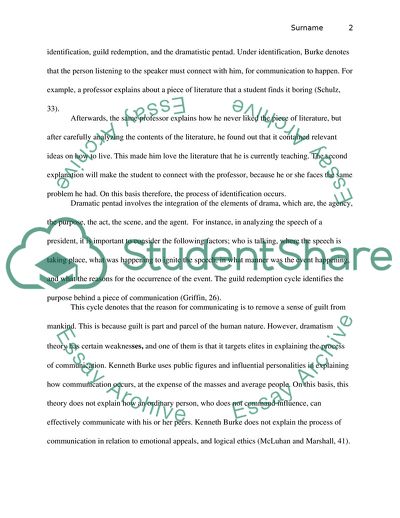Cite this document
(Theories of Communication Report Example | Topics and Well Written Essays - 2000 words, n.d.)
Theories of Communication Report Example | Topics and Well Written Essays - 2000 words. https://studentshare.org/journalism-communication/1800863-dramatism-and-speech-codes-theory
Theories of Communication Report Example | Topics and Well Written Essays - 2000 words. https://studentshare.org/journalism-communication/1800863-dramatism-and-speech-codes-theory
(Theories of Communication Report Example | Topics and Well Written Essays - 2000 Words)
Theories of Communication Report Example | Topics and Well Written Essays - 2000 Words. https://studentshare.org/journalism-communication/1800863-dramatism-and-speech-codes-theory.
Theories of Communication Report Example | Topics and Well Written Essays - 2000 Words. https://studentshare.org/journalism-communication/1800863-dramatism-and-speech-codes-theory.
“Theories of Communication Report Example | Topics and Well Written Essays - 2000 Words”. https://studentshare.org/journalism-communication/1800863-dramatism-and-speech-codes-theory.


